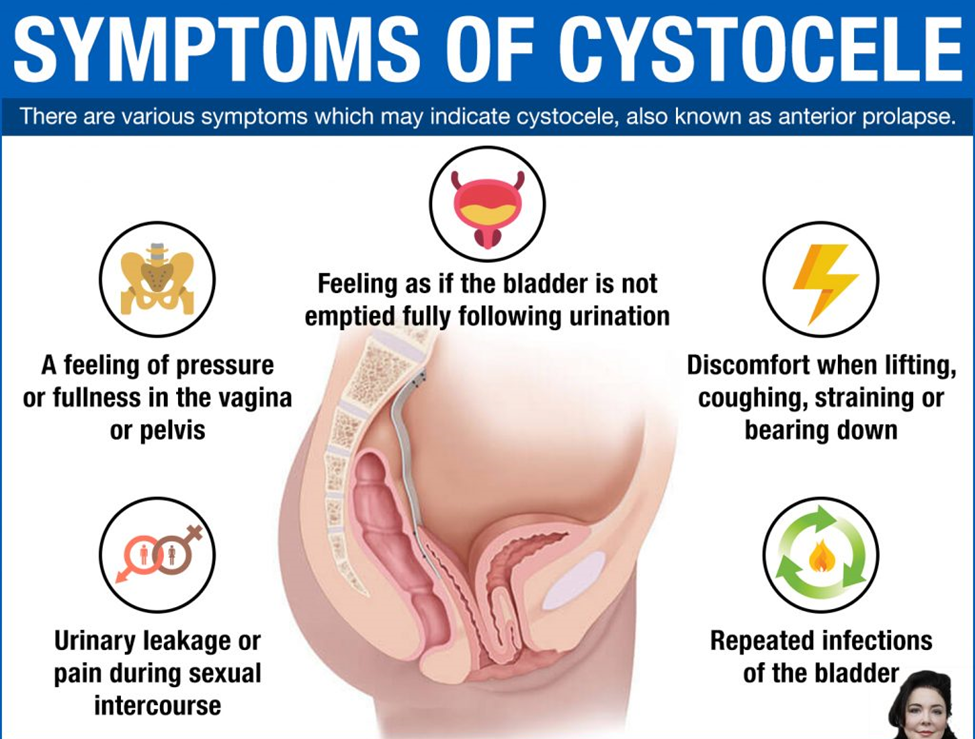A nurse is conducting a program for pregnant women with gestational diabetes about reducing complications. The nurse determines that the teaching was successful when the group identifies which factor as being most important in helping to reduce complications associated with pregnancy and diabetes?
stability of the woman's emotional and psychological status
reduction in retinopathy risk by frequent ophthalmologic evaluations
control of blood urea nitrogen (BUN) levels for optimal kidney function
degree of blood glucose control achieved during the pregnancy
The Correct Answer is D
A. Stability of the woman's emotional and psychological status:
Emotional and psychological well-being are undoubtedly important factors in pregnancy outcomes. However, in the context of gestational diabetes, while stress and psychological factors can influence overall health, including blood sugar levels, they are not the primary focus when discussing reducing complications associated with diabetes during pregnancy. While managing stress and promoting emotional stability are important aspects of prenatal care, they are not directly related to reducing complications specifically associated with gestational diabetes.
B. Reduction in retinopathy risk by frequent ophthalmologic evaluations:
Diabetic retinopathy is a complication of diabetes that affects the eyes and can lead to vision impairment or blindness if left untreated. While regular ophthalmologic evaluations are crucial for individuals with diabetes to monitor for retinopathy and other eye complications, this factor is not the most important in reducing complications associated with pregnancy and diabetes. Gestational diabetes primarily affects pregnancy outcomes, and while retinopathy risk is a concern in the long term for individuals with diabetes, it is not the primary focus during pregnancy.
C. Control of blood urea nitrogen (BUN) levels for optimal kidney function:
Blood urea nitrogen (BUN) levels are markers of kidney function, and kidney complications can be a concern in individuals with diabetes, including gestational diabetes. However, during pregnancy, the focus is primarily on controlling blood glucose levels to reduce complications associated with gestational diabetes. While kidney function is important and should be monitored in pregnant women with gestational diabetes, it is not the most crucial factor in reducing complications specifically related to pregnancy and diabetes.
D. Degree of blood glucose control achieved during the pregnancy:
This is the most important factor in reducing complications associated with pregnancy and gestational diabetes. Controlling blood glucose levels is paramount in managing gestational diabetes to reduce the risk of complications for both the mother and the baby. Tight glycemic control helps to minimize the risk of adverse outcomes such as macrosomia, birth trauma, preterm birth, and other complications associated with uncontrolled blood sugar levels during pregnancy.
Nursing Test Bank
Naxlex Comprehensive Predictor Exams
Related Questions
Correct Answer is A
Explanation
A. Inspect the breasts:
Inspecting the breasts visually is usually the first step in a clinical breast examination. The nurse observes the size, shape, symmetry, and skin characteristics of the breasts, including any visible abnormalities such as dimpling, puckering, or changes in skin texture or color.
B. Palpate the axillary area:
Palpating the axillary (underarm) area is typically done after inspecting the breasts. This allows the nurse to assess for any enlarged lymph nodes or palpable masses in the axillary region, which could indicate pathology or breast cancer metastasis.
C. Compress the nipple for a discharge:
If there are concerns about nipple discharge, this step may follow breast palpation. By gently compressing the nipple, the nurse can assess for any abnormal discharge, such as bloody or spontaneous discharge, which may warrant further investigation.
D. Palpate the breasts:
Palpating the breasts is usually performed after visual inspection and axillary palpation. During breast palpation, the nurse systematically examines each breast using circular motions with varying pressure to detect any lumps, masses, or areas of tenderness. This thorough palpation helps identify any abnormalities within the breast tissue.
Correct Answer is A
Explanation
A. Stress incontinence with feeling of low abdominal pressure.
Cystocele and rectocele repairs are often performed to address pelvic organ prolapse, which can lead to symptoms such as stress incontinence. Stress incontinence is characterized by the leakage of urine during activities that increase intra-abdominal pressure, such as coughing, sneezing, laughing, or lifting. The feeling of low abdominal pressure is consistent with the symptoms experienced by women with cystocele and rectocele, as the prolapse of pelvic organs can cause sensations of pressure or fullness in the lower abdomen.
B. Menstrual irregularities and hirsutism on the chin:
These symptoms are more indicative of hormonal imbalances, such as polycystic ovary syndrome (PCOS), which is characterized by irregular menstrual cycles, hirsutism (excessive hair growth), and other symptoms related to androgen excess. These symptoms are not typically associated with cystocele and rectocele repairs or the number of children a woman has.
C. Heavy leukorrhea with vulvar pruritus:
Leukorrhea refers to vaginal discharge, and vulvar pruritus refers to itching of the external genitalia. These symptoms are more suggestive of vaginal infections or other gynecological conditions unrelated to cystocele and rectocele repairs or the number of children a woman has.
D. Sporadic vaginal bleeding accompanied by chronic pelvic pain:
Sporadic vaginal bleeding and chronic pelvic pain may be indicative of various gynecological conditions, such as uterine fibroids, endometriosis, or cervical dysplasia. However, they are not typically associated with cystocele and rectocele repairs or the number of children a woman has.

Whether you are a student looking to ace your exams or a practicing nurse seeking to enhance your expertise , our nursing education contents will empower you with the confidence and competence to make a difference in the lives of patients and become a respected leader in the healthcare field.
Visit Naxlex, invest in your future and unlock endless possibilities with our unparalleled nursing education contents today
Report Wrong Answer on the Current Question
Do you disagree with the answer? If yes, what is your expected answer? Explain.
Kindly be descriptive with the issue you are facing.
